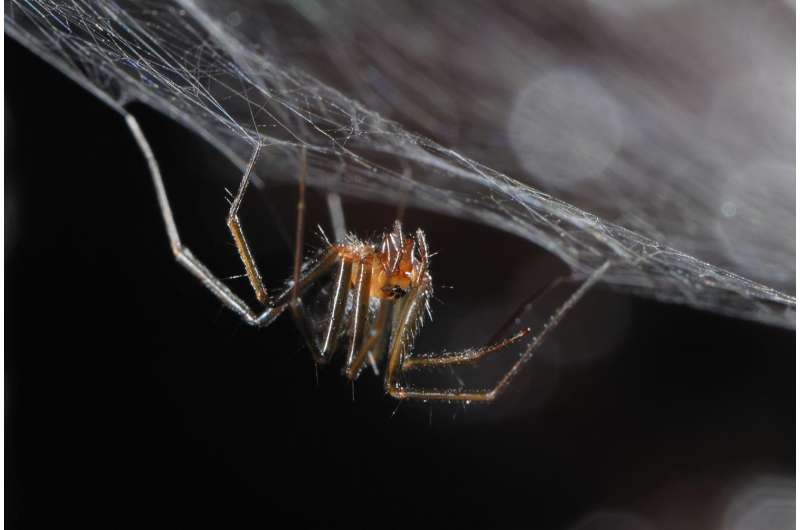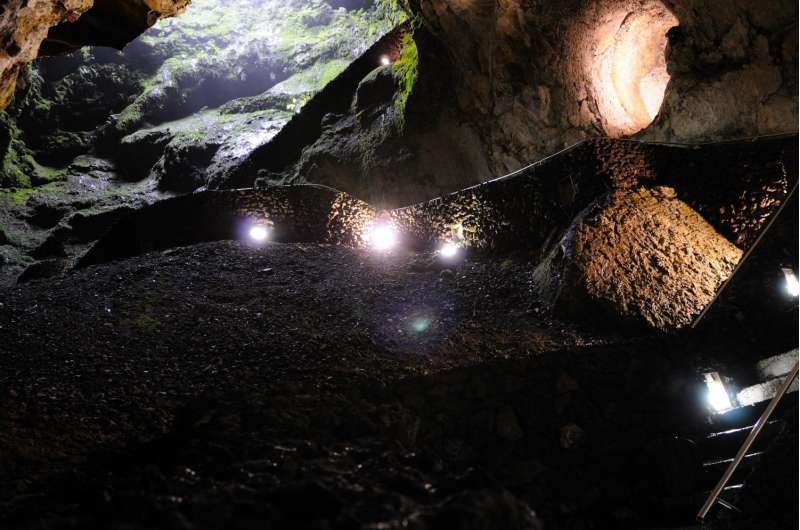Species conservation profile of a critically endangered endemic for the Azores spider

Subject to continuing population decline due to a number of factors, an exclusively cave-dwelling (troglobitic) spider endemic to the Azores is considered as Critically Endangered according to the IUCN Red List criteria.
To provide a fast output, potentially benefiting the arachnid's survival, scientists from the IUCN - Spider and Scorpion Specialist Group and the Azorean Biodiversity Group (cE3c) at University of Azores, where the main objective is to perform research that addresses societal challenges in ecology, evolution and the environment, also known as the three E's from the centre's name abbreviation, teamed up with colleagues from University of Barcelona, Spain, and the Finnish Museum of Natural History.
Together, they make use of a specialised novel publication type feature, called Species Conservation Profile, created by the open access journal Biodiversity Data Journal, to provide scholarly credit and citation for the IUCN Red List species page, as well as pinpoint the population trends and the reasons behind them.
The studied spider species (scientifically called Turinyphia cavernicola) is a pale creature with long legs, large eyes and a total size of merely 2 mm in length. These spiders never leave their underground habitats, which are strictly humid lava tubes and volcanic pits. There they build sheet webs in small holes and crevices on the walls of the caves.
Not only is the species restricted to a single island within the Azorean archipelago (Portugal), but it is only found in three caves. Furthermore, out of the three, only one of them is home to a sustainable large population. These caves are under severe threat due to pasture intensification, road construction and tourist activities.

Although there is not much information about the species distribution through the years, with the spider having been discovered as recently as in 2008, the authors make the assumption that originally there have been significantly greater populations. Not only have they studied thoroughly another fifteen caves located on the island without finding any individuals, but they have identified increasing anthropogenic impact on the habitat.
"The species original distribution was potentially very large compared with the current," the scientists explain. "Relatively intensive searches in and around the current caves where the species occurs have failed to find additional subpopulations."
"The trend of decline is based on the assumption that this species can occur in all these caves and that the absence is due to anthropogenic disturbance on caves during the last 50 years," they note.
More information: Paulo Borges et al, Species conservation profile of the cave spider Turinyphia cavernicola (Araneae, Linyphiidae) from Terceira Island, Azores, Portugal, Biodiversity Data Journal (2016). DOI: 10.3897/BDJ.4.e10274
Provided by Pensoft Publishers



















